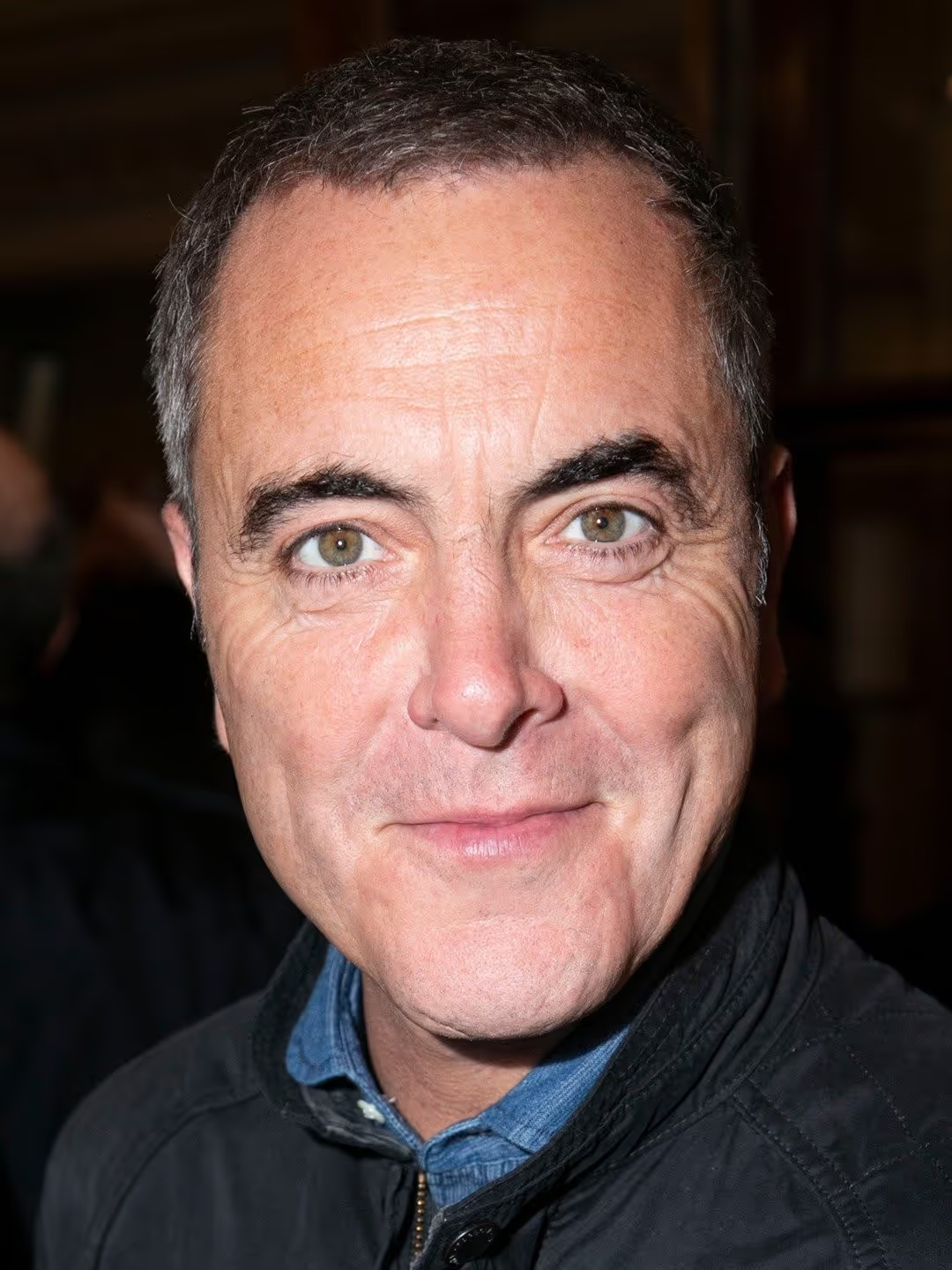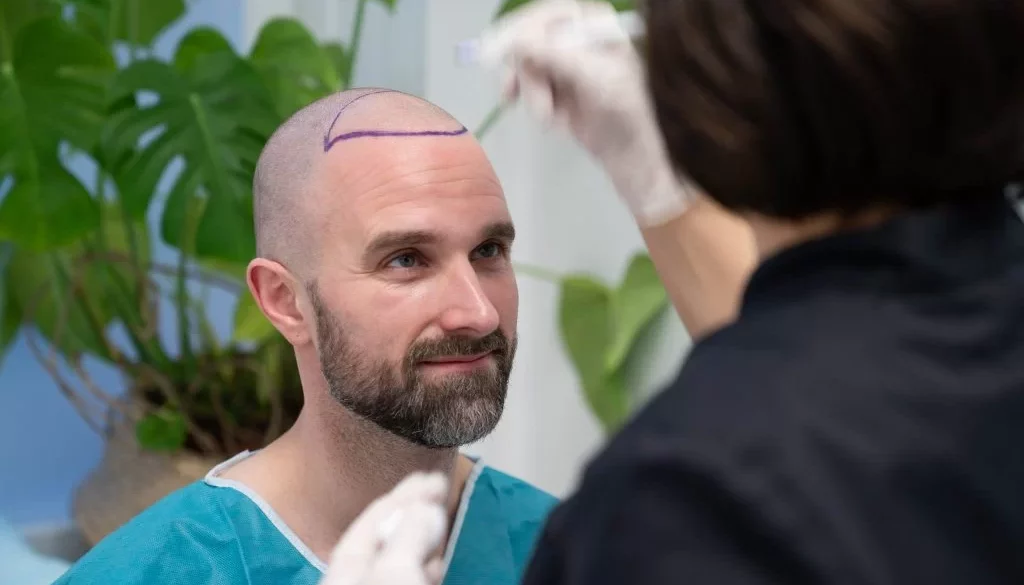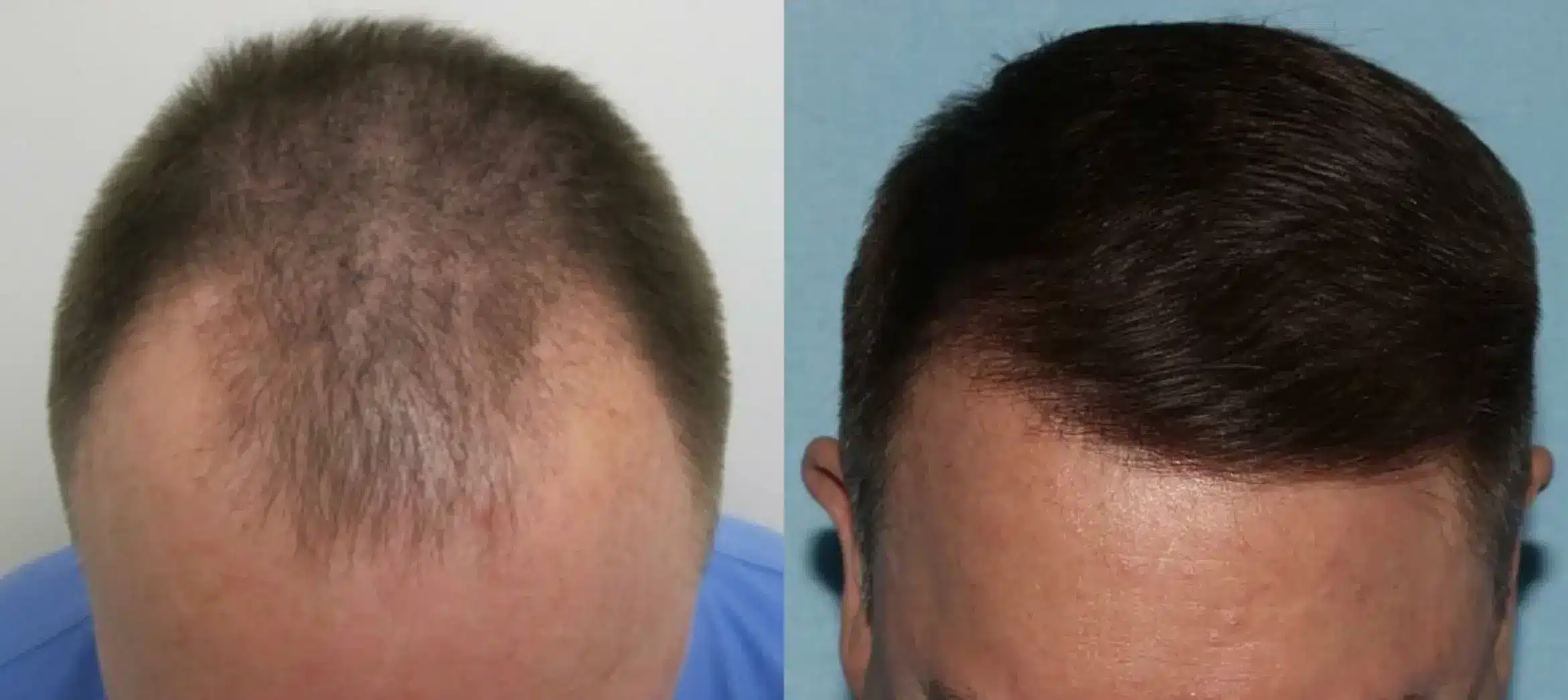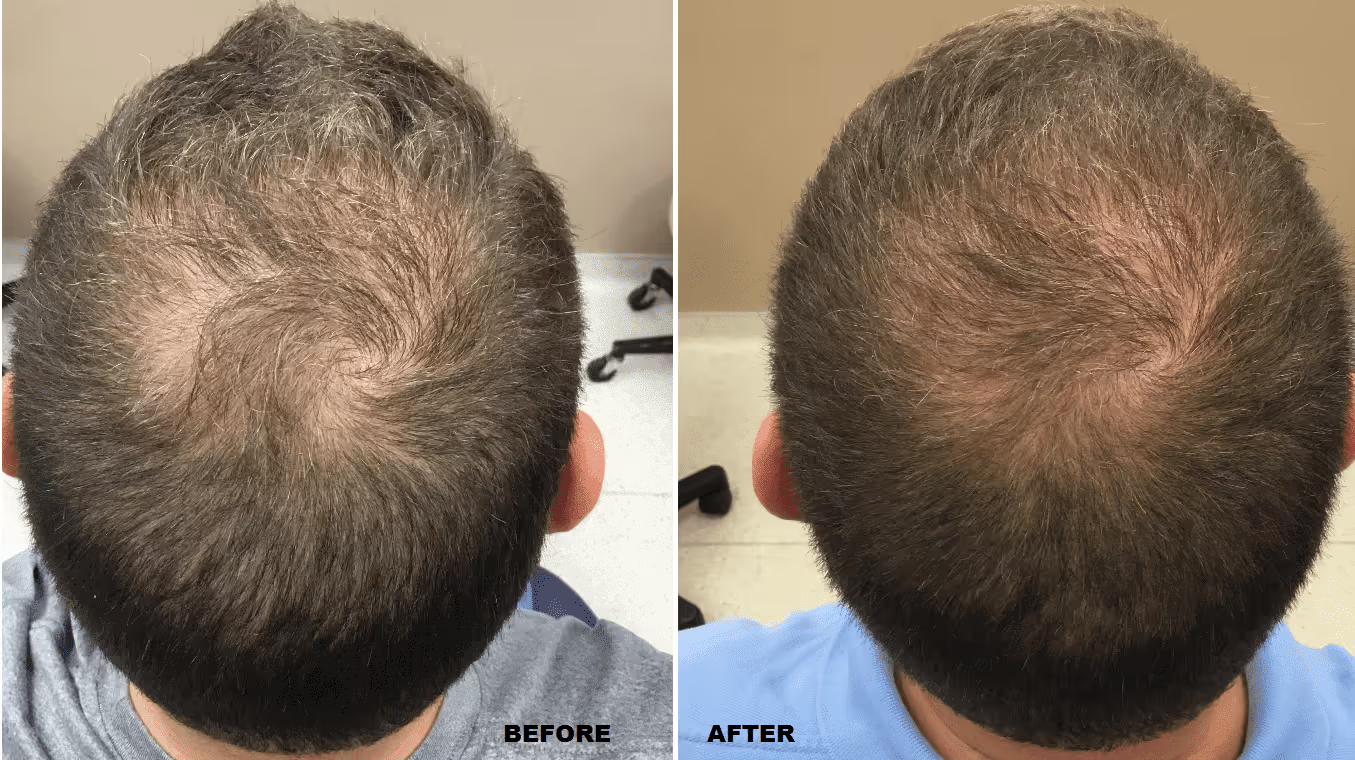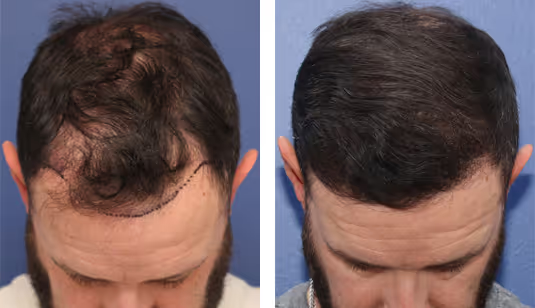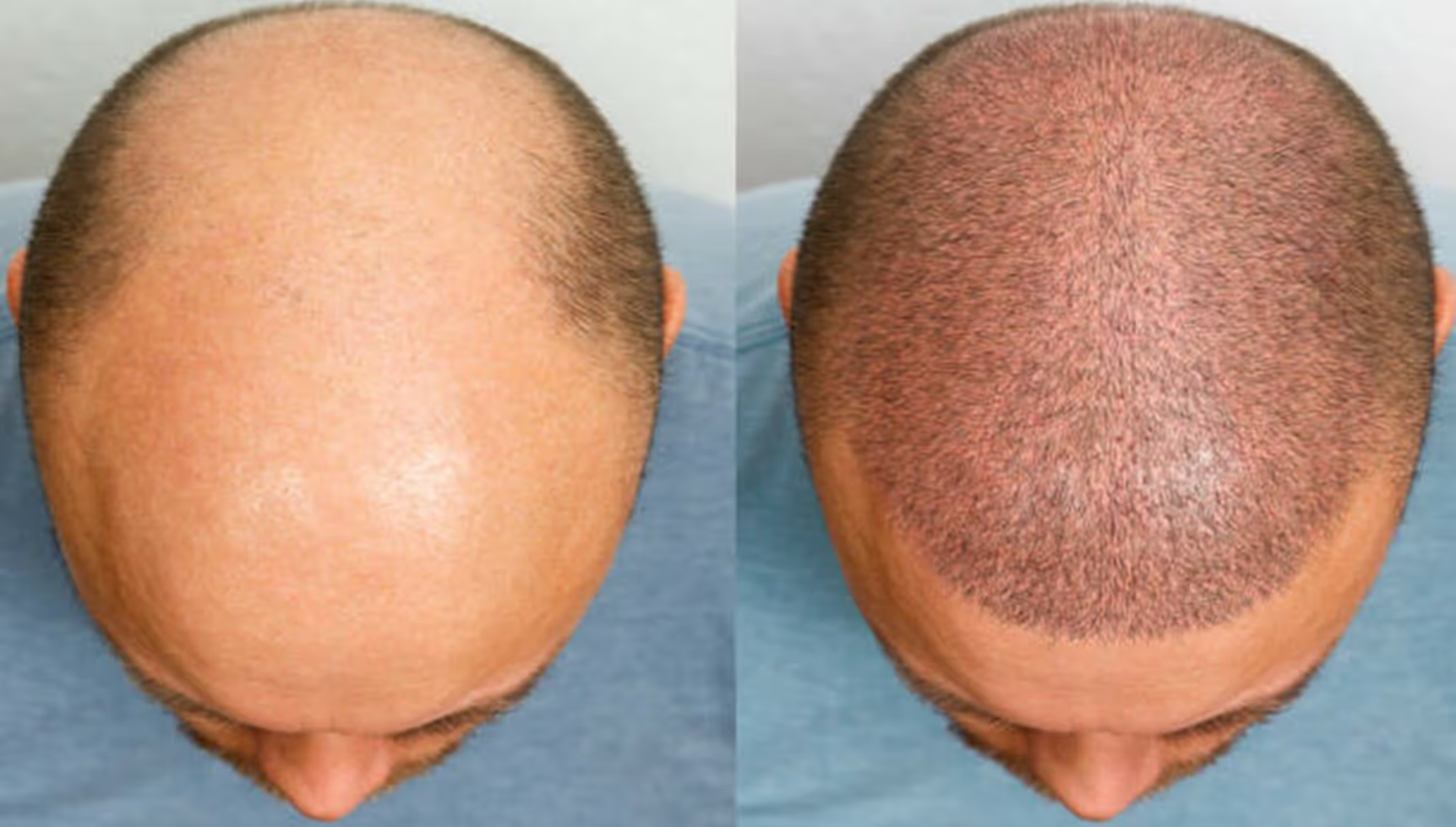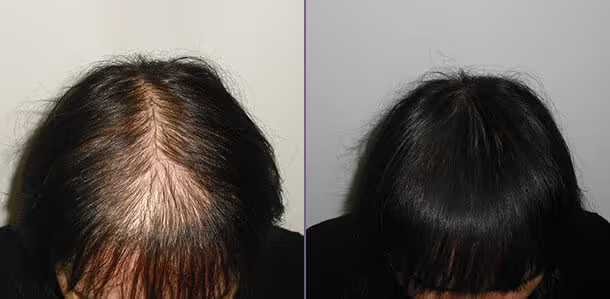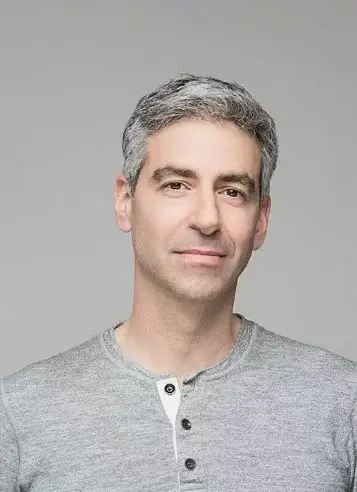Leading Hair Transplant in Toronto
Dealing with hair loss? Laserbody MD’s hair transplant treatment offers a reliable solution to restore natural hair growth and fullness. By using advanced transplant techniques, this treatment ensures targeted stimulation of hair follicles, supporting thicker, healthier hair regrowth.
Our hair transplant procedure is safe, effective, and handled by skilled professionals.
Book your free consultation
You deserve this!

Top Choice for Hair Transplant Clinic in Toronto
.svg)
.svg)
%201.svg)





A fuller head of hair starts here.
PRP Hair: Up to 35% Off + Free Hair Transplant Consultation
Click to claim


Why Is Hair Transplant a Good Choice For You?
Are you dealing with hair loss that impacts your confidence and daily life? You’re not alone—over 80% of men and 25% of women experience genetic hair loss. Hair transplant surgery may be a lasting solution, moving healthy hair follicles from denser areas (like the back of your head) to thinning or balding regions, encouraging new growth that naturally blends with existing hair. The procedure typically takes 4-8 hours with minimal downtime, and visible results start to appear within 6-12 months, offering an effective path to fuller hair.
After the transplant, follow-up appointments ensure optimal growth and refinement, supporting a smooth and successful recovery. Since hair transplants use your natural hair, the results are durable and long-lasting. This is why so many turn to hair transplants—not only for thicker hair but for the boost in confidence that comes with it.
So, why is a hair transplant the right choice for you? Here’s why it stands out:

What They Are Saying About Hair Transplant
Get the Perfect Hair Transplant Results at Laserbody MD
If you’re considering a hair transplant, we’re here to make sure you get the best results possible. At Laserbody MD, we use advanced SmartGraft technology to provide precision and natural-looking results with minimal scarring. Our approach is all about creating a look that feels natural and suits you perfectly. With years of experience, our skilled doctors offer expert care from start to finish.
We prioritize thorough assessments to understand your unique hair loss pattern. In fact, we often recommend that patients wait until they’re over 35 to get a hair transplant. By then, it’s easier for our doctors to see the likely path of future hair loss, allowing us to create a plan that provides longer-lasting results.
From your initial consultation to post-procedure follow-ups, we’re here to make sure your experience is comfortable, supportive, and effective. Laserbody MD is dedicated to helping you achieve fuller, natural-looking hair that gives you confidence.
Hair Transplant Before & After Images
98% CUSTOMER SATISFACTION


Customer Reviews
How Does Hair Transplant Work?
Consultation and Planning: We start by discussing your goals and assessing your hair loss pattern. Together, we’ll decide on the optimal transplant area and the number of follicles you need for a natural look.
Creating Recipient Sites: We make small incisions in the balding area that align with your hair’s natural direction and density, ensuring seamless integration as the new hair grows.
Preparing the Donor Area: Our team prepares the back or sides of your scalp—the areas with strong, healthy hair follicles. We ensure minimal disruption to your existing hair to maintain your overall appearance.
Transplanting the Follicles: Each follicle is strategically placed by our team to maximize coverage and create a natural, full look.
Follicle Extraction: Using precise tools, we extract individual follicles, paying close attention to quality so each follicle has the best chance of establishing itself in the new area.
Recovery and Growth: After your transplant, you’ll start to see initial growth in 3-4 months. We provide follow-up appointments to monitor progress, and by 6-12 months, you should see fuller, lasting results. toned as your body naturally eliminates the crystallized fat cells.
Customized Hair Transplant for Men and Women
Hair transplants are uniquely customized for both men and women to address their specific hair loss patterns and needs.
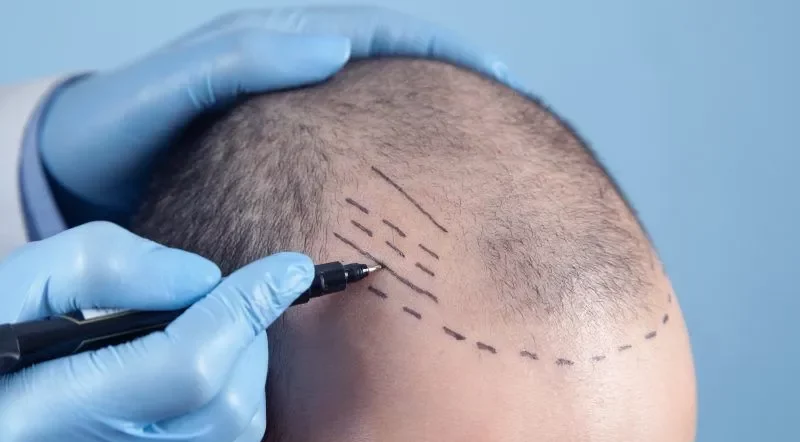

Meet Our Expert Hair Transplant Doctor
Dr. Cory S. Goldberg is the former Head of Plastic Surgery at Trillium Health Partners who is certified as a Plastic Surgeon by the Royal College of Physicians and Surgeons of Canada and is also a Diplomate of the American Board of Plastic Surgery, with advanced training in Craniofacial Surgery at the University of Southern California and Cedar’s Sinai Hospital.
He has also served as a medical advisor for companies in a multitude of industries, including health care services, biotechnology, and nutraceuticals. He has been featured on CTV’s Canada AM, CBC News, Rogers Media, and City TV’s Breakfast Television.
Preparation for Hair Transplant
Avoid Alcohol: Refrain from drinking alcohol at least one week before your transplant, as alcohol can thin your blood and potentially interfere with the procedure.
Stay Hydrated: Start increasing your water intake a week before the procedure. Proper hydration supports healthy blood flow and helps your skin recover faster post-surgery. Aim for 8-10 glasses daily, especially the day before.
Stop Using Certain Hair Products: Avoid using hair gels, sprays, or heavy styling products three to four days before the procedure. These products can leave a residue on the scalp, increasing the risk of irritation or infection during the procedure.
Final Wash: The night before your procedure, wash your hair with a gentle shampoo to ensure your scalp is clean and free from oils and residue. Avoid using conditioner or leave-in products, as these can coat the scalp and interfere with the transplant process.
Get Ample Rest: A full night’s sleep before your transplant is essential for both your body and mind. Being well-rested can improve circulation and help reduce stress, supporting a smooth procedure and quicker recovery.
Aftercare for Hair Transplant
Rest and Protection (First 24-48 Hours): Avoid touching or washing the treated area to prevent irritation. Keep your head elevated, even while sleeping, to minimize swelling. Avoid direct sunlight on the scalp as it may affect the healing process.
Gentle Washing (First Week): Start gently washing the scalp around day three using lukewarm water and a mild shampoo. Pat dry to avoid disturbing grafts, and avoid any scrubbing.
Scab Shedding (2-3 Weeks After): Scabs will form around the transplanted grafts, which are a normal part of healing. Let them shed naturally without picking to protect the new hair follicles.
Temporary Shedding (1-3 Months After): Transplanted hair may shed temporarily, which is known as “shock loss.” This is a normal phase, allowing new hair to grow back in its place.
Growth Phase (4-12 Months After): New hair will begin growing steadily. Around the 6-month mark, most patients notice significant hair growth, with full results typically visible by 9-12 months, providing a natural, fuller look.
FAQ
SmartGraft is an advanced hair restoration technique that uses precision technology to harvest and transplant follicles individually. This approach reduces scarring, shortens recovery time, and provides a more natural result.
SmartGraft offers a minimally invasive option with less discomfort and downtime. It also provides precise results with natural-looking growth patterns, ideal for both men and women.
Pulling, tugging, and mild pinching sensations may be felt during your CoolSculpting procedure. You may also feel cramping, aching, stinging, tingling, and intense cold, but these side effects subside quickly as the treatment continues. The procedure typically takes between 4-8 hours, depending on the number of grafts needed. The exact timing will be determined during your consultation.
Recovery time varies but usually takes 1-2 weeks. Patients can resume normal activities within a few days, with full healing after a couple of weeks.
Initial growth usually begins around 3-4 months, with significant progress at 6 months. Full results are typically visible between 9-12 months after the procedure.
Most patients can return to regular activities within a few days, though strenuous activities should be avoided for 1-2 weeks.


.avif)

